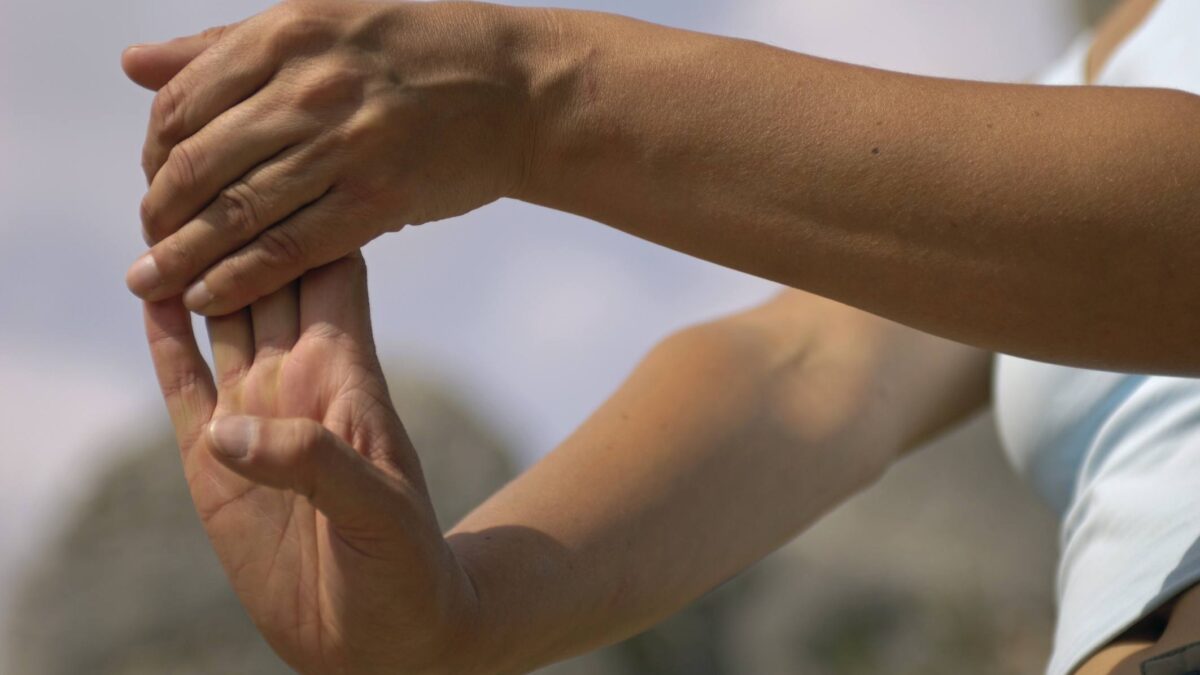Dupuytren’s Contracture is a medical condition in which one or more fingers get permanently bent in a flexed position like a fist. At an early stage, you will notice the thickening of the skin of your palm. As it develops, Dupuytren’s disease, also known as Viking hand condition, starts to change visibly. The thick skin on the palm forms a hard lump. Usually, this affected tissue is not painful, but it can be a bit sensitive. Ultimately, this tissue starts to form cords from the palm to the fingers. As these cords develop, your fingers start to contract.
This guide will answer all possible questions you may have regarded Dupuytren’s Contracture.
Can Dupuytren’s go away on its own?
Dupuytren’s Contracture rarely goes on its own. It is a slowly developing condition. Though there is a range of non-surgical and surgical treatments for Dupuytren’s Contracture or Vikings, these do not stop the reoccurrence and worsening of this condition but help manage and reduce the de-stressing symptoms.
Is Dupuytren’s a disability?
Dupuytren’s Contracture may disrupt the hand movement if the condition is severe and affects the person’s range of motion. Fortunately, it rarely affects the middle and index fingers, so the writing ability stays intact.
Does Dupuytren’s Contracture hurt?
Dupuytren’s Contracture is a condition that causes palm tissue to thicken, which causes hand mobility issues. While this doesn’t necessarily happen for everyone, treatments can help slow the development of Viking hand conditions to and provide pain relief.
What if Dupuytren’s Contracture is left untreated?
If this condition is left untreated, it can be devastating. In addition, as this is a slowly developing condition, it limits the ability to open your hand and stretch your finger completely, hold small objects, or put your hands in small spaces.
Can Dupuytren’s affect the feet?
“Dupuytren’s of the foot” is identified by lumps known as nodules of the foot. These occur when the foot’s connective tissue starts to thicken and can cause pain and discomfort or pain while walking.
Can Dupuytren’s go away?
Unfortunately, there is no exact treatment for Dupuytren’s Contracture or Vikings Hand. Still, there are certainly some non-surgical and surgical treatments that help break the cords of tissue, which results in pulling the finger to a bent position.
Is Dupuytren a Viking disease?
For a long, this condition has been named a ‘disease of the Vikings’. However, research published in 2019 states that no genetic sign indicates this disease is of ‘Viking’ origin.
Is Dupuytren’s inherited?
Dupuytren Contracture is commonly passed in families and is the usually inherited disorder of connector tissue. However, the hereditary pattern is often unclear in people who receive genes related to Dupuytren Contracture from their parent or their families who never developed the condition.
Does Dupuytren’s itch?
About one-fourth of people having Viking hand condition experience uncomfortable swelling and sensations of itching, tenderness, or burning in the affected hand. They also feel tension or pressure, particularly when trying to straighten the affected finger.
What is the treatment for Dupuytren’s Contracture?
XIAFLEX Injections destroy the excess collagen resulting in the shortening and thickening of the tissue. Different medical tools help in breaking these thick cords. These tools are primarily non-surgical.
Which finger does this condition affect?
The ring finger and the pinky finger are most commonly affected, but sometimes the middle finger is also involved. Only rarely are the index and thumb fingers affected. This condition may affect both hands, though one hand is commonly affected more severely.
What worsens Dupuytren’s Contracture?
There are numerous risk factors for Dupuytren’s Contracture or Vikings Hand. For example, people on certain medications for seizures, having type 2 diabetes, or consuming tobacco and alcohol are at higher risk for developing this condition.
At what age does this disease occur?
Dupuytren’s Contracture happens most commonly after the age of 50. Men are most likely to develop this condition and have more severe cases than women.
What are the stages of Dupuytren’s?
Viking hand condition develops in three phases: (1) proliferative, (2) involution, and (3) residual.
What nationality has Dupuytren’s Contracture?
This hand condition is usually seen in northern European countries like Sweden, Norway, Scotland, Ireland, and Iceland.
Is Dupuytren’s painful?
Dupuytren’s Contracture is a hand condition that causes thickening of the tissue of your palm and may be painful, causing hand mobility issues. While not everyone responds well to the treatments because of the slow development of the condition, they provide pain relief.
What is similar to Dupuytren’s?
There are a number of conditions that affect the wrist and hand, leading to restricting symptoms like pain and limited hand mobility. For example, Carpal tunnel syndrome, Viking hand condition, and trigger finger have similar symptoms, but they can be caused by different factors and require different treatments.
How long does this condition take to develop?
A Dupuytren’s Contracture usually develops very slowly over a period of time. Signs and symptoms of this Dupuytren’s Contracture include Nodules. In addition, you may develop one or more lumps, or nodules, in the palm of your hand.


